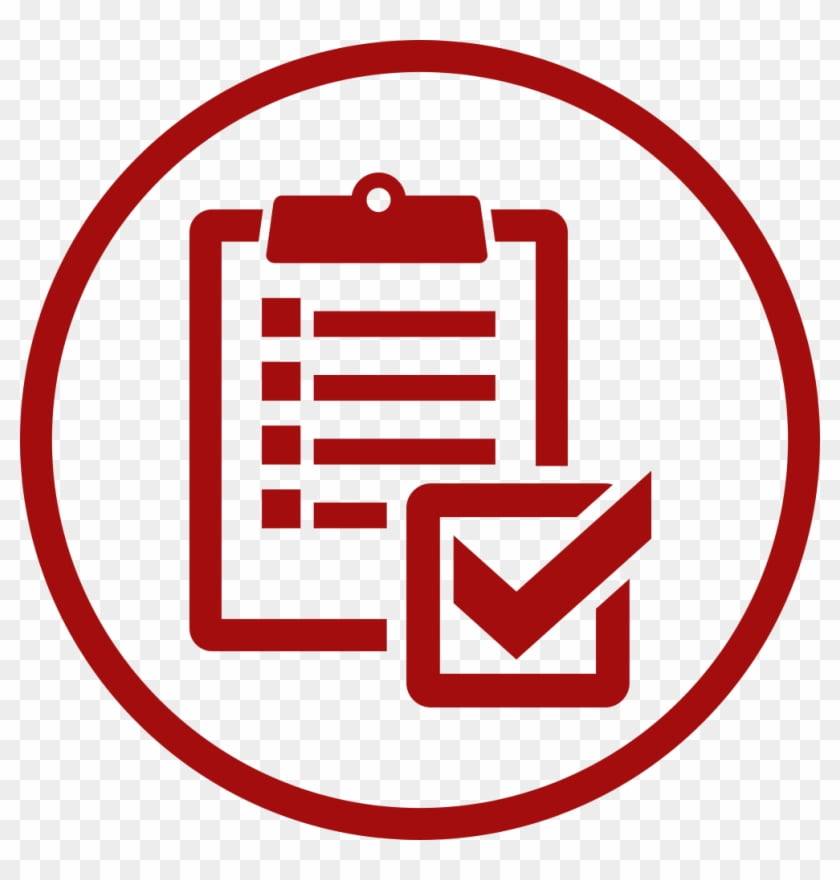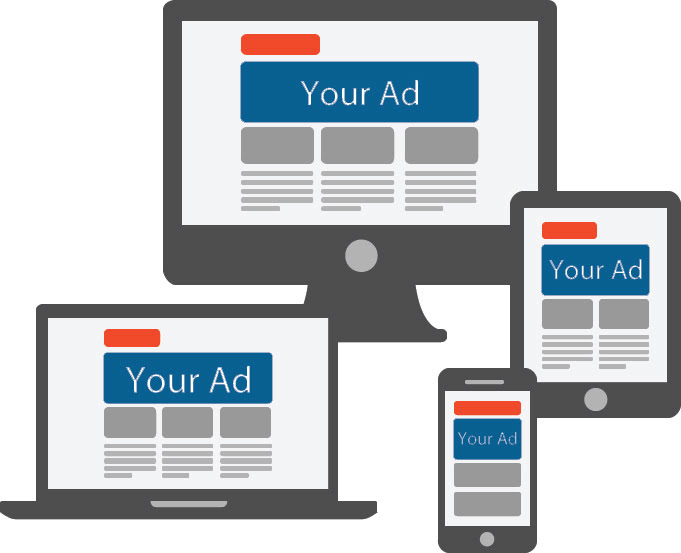Unlocking Location-Based Marketing Success: A Strategic Guide to Geofencing
In the dynamic landscape of contemporary digital marketing, businesses are increasingly leveraging location-based technologies to cultivate customer engagement and expand market reach. Geofencing, a sophisticated spatial marketing technique utilizing geographic boundaries to trigger targeted actions, presents unparalleled opportunities for personalized communication and enhanced ROI. This guide provides a strategic framework for effective geofencing implementation, outlining fifteen key steps for optimizing location-based marketing outcomes. We will explore fundamental geofencing concepts, relevant marketing models (such as the Diffusion of Innovations model and the AIDA model), and best practices for ethical and efficient application, emphasizing data privacy and legal compliance.
1. Defining Target Audience and Marketing Objectives: Prior to geofencing deployment, a comprehensive market segmentation analysis is paramount. Employing frameworks such as the VALS framework and employing persona development, businesses must meticulously define their ideal customer profile (ICP), considering demographics, psychographics, purchasing behaviors, and digital footprints. This ensures campaign relevance and maximizes return on investment (ROI). Simultaneously, clearly defined and measurable marketing objectives (SMART goals) must be established, aligning with the overall business strategy. These objectives, expressed as quantifiable KPIs (Key Performance Indicators), might include increased foot traffic, elevated online conversion rates, augmented brand awareness within a specific geographic area, or enhanced lead generation. This approach ensures focused resource allocation and facilitates effective campaign evaluation using metrics like conversion rates and customer acquisition cost (CAC).
2. Precise Geofence Boundary Definition and Spatial Marketing Strategy: Defining precise geofence boundaries is crucial for campaign effectiveness. Businesses should leverage Geographic Information Systems (GIS) and spatial analysis techniques to delineate areas with high concentrations of their target audience. Strategic locations, such as retail outlets, competitor establishments, or event venues, should be considered. Understanding customer movement patterns and dwell time within specific zones (proximity marketing) is vital. Data analysis of foot traffic, dwell time, and competitor activity is crucial for refining the geofence boundaries. This involves employing predictive modeling techniques, like those found in location analytics, to optimize the reach of geofencing campaigns. This ensures efficient resource allocation and targeted message delivery to relevant demographics.
3. Geofencing Platform Selection and Technological Integration: Selecting the optimal geofencing platform necessitates a thorough evaluation of available technologies based on criteria such as scalability, integration capabilities (APIs and SDKs) with existing CRM and marketing automation systems, advanced analytics (real-time data visualization and predictive modeling), and compliance with data privacy regulations (GDPR, CCPA). The platform's ability to support various geofencing triggers (GPS, Wi-Fi, Bluetooth beacons) must be assessed for optimal reach and targeting precision. Seamless integration with existing marketing technology stacks is crucial for streamlined data management and enhanced campaign effectiveness. This allows for a holistic view of customer interactions across channels.
4. Crafting Compelling and Personalized Content: Creating engaging content tailored to the target audience is paramount. This involves developing personalized messaging, using compelling visuals and calls-to-action (CTAs), and utilizing A/B testing to optimize content effectiveness. The content should be contextual, dynamically responding to the user's location and real-time needs. This leverages principles of behavioral marketing, aligning messaging with consumer decision-making psychology. Dynamic content delivery platforms allow for real-time personalization based on user preferences and location data, enhancing the relevance and engagement of the communication.
5. Strategic Timing and Trigger Mechanisms: The timing of geofenced messages significantly impacts engagement. Delivering notifications at optimal times, leveraging contextual cues (time of day, proximity to points of interest, or specific events), significantly improves response rates. This requires an understanding of peak customer traffic patterns and their behavioral tendencies in specific locations. Utilizing a combination of push notifications, in-app messages, SMS, and email, timed based on location-based triggers and user preferences, is effective. Implementing a robust automated marketing system ensures timely and relevant message delivery, optimizing the impact of the communication.
6. Integrating Geofencing with Other Marketing Channels: Integrating geofencing with other marketing channels (social media, email, in-app messaging) creates synergy, amplifying campaign reach and impact. This necessitates a holistic marketing strategy, coordinating messages across multiple channels for a cohesive and impactful customer experience. Omnichannel marketing principles ensure a unified and seamless customer journey. Data integration across various platforms provides a 360-degree view of the customer journey, enabling more effective targeted marketing.
7. Enhancing Engagement with Beacon Technology: Integrating Bluetooth Low Energy (BLE) beacons within geofences adds a layer of personalized engagement. Beacons transmit targeted messages to nearby users' smartphones, enriching the customer experience and fostering closer brand interaction. This leverages proximity marketing, enhancing location-based message targeting for personalized engagement. Beacons can trigger in-app notifications, special offers, and personalized recommendations to enhance customer experience. This requires careful consideration of data privacy and user consent.
8. Leveraging Geofencing for Customer Retention: Geofencing extends beyond customer acquisition; it's crucial for retention and loyalty. Sending personalized reminders, exclusive offers, or loyalty program updates to existing customers nurtures relationships and encourages repeat visits. This leverages CRM data to segment customers based on past interactions and purchase history, tailoring communications accordingly. Loyalty programs and personalized offers reinforce CRM strategies, fostering long-term customer relationships and brand loyalty.
9. A/B Testing for Continuous Improvement: Employing A/B testing allows continuous experimentation with various geofencing parameters (message variations, geofence boundaries, timing, targeting strategies). Analyzing outcomes refines campaigns and maximizes efficiency. This utilizes experimental design to optimize campaign effectiveness, statistically analyzing which elements yield the best results. This data-driven approach ensures ongoing improvement and optimization of geofencing strategies.
10. Prioritizing Data Privacy and Ethical Considerations: Adherence to data privacy regulations (GDPR, CCPA) is paramount. Obtaining explicit user consent for location data collection and employing transparent communication regarding data usage builds trust and safeguards brand reputation. This necessitates a robust data privacy policy aligned with legal compliance. Prioritizing user privacy is crucial for building brand trust and avoiding legal ramifications. Transparent data usage policies build customer confidence and reinforce ethical business practices.
11. Staying Updated with Technological Advancements: The geofencing landscape is dynamic. Businesses must remain informed about the latest tools and strategies to maintain a competitive edge. This involves continuous learning, adapting to industry trends, emerging technologies, and best practices. Continuous learning and adaptation are essential for long-term success in geofencing marketing, ensuring the business remains at the forefront of innovation.
12. Measuring Return on Investment (ROI) and Campaign Effectiveness: A comprehensive ROI analysis, including attribution modeling, evaluates campaign effectiveness and justifies investment. Tracking key metrics (conversion rates, customer acquisition costs, and revenue generation) determines the return on investment from geofencing initiatives. Analytical dashboards aid in visualizing campaign performance and making data-driven decisions. This analysis helps identify areas for improvement and resource allocation optimization.
13. Integrating Geofencing with Customer Relationship Management (CRM) Systems: Integrating geofencing data with CRM systems provides a holistic view of customer interactions, enhancing personalization and strengthening relationships. Integrating location-based insights with customer profiles facilitates more targeted marketing and improved customer service. This enables personalized recommendations, targeted promotions, and enhanced customer experiences. Integration streamlines marketing efforts and provides a 360-degree customer view, enhancing the effectiveness of marketing initiatives.
14. Continuous Monitoring, Analysis, and Optimization: Real-time monitoring and analysis of key performance indicators (KPIs) are crucial for optimizing geofencing campaigns. Tracking metrics such as click-through rates (CTR), conversion rates, foot traffic, ROI, and customer lifetime value (CLTV) provides actionable insights for iterative improvement. Data analytics identify trends, assess campaign performance, and inform future optimization strategies. A/B testing allows experimentation with various messaging, targeting strategies, and creative to enhance campaign effectiveness.
15. Developing a Robust Geofencing Strategy: A comprehensive geofencing strategy, aligned with overall marketing objectives, is essential. This includes defining the target audience, campaign goals, technology selection, content creation, data privacy measures, and performance measurement. A well-defined strategy ensures consistency and effectiveness in geofencing marketing campaigns. Establishing clear KPIs tracks campaign success, providing measurable outcomes for evaluation and continuous improvement.
Conclusions and Recommendations: Effective geofencing necessitates a strategic approach combining technological expertise, data-driven decision-making, and a profound understanding of customer behavior. Implementing these fifteen steps unlocks location-based marketing's potential. Continuous monitoring, optimization, and adaptation are crucial for sustained success. Future research should explore the integration of geofencing with AI and machine learning (ML) for advanced personalization and predictive analytics. Investigating geofencing's impact on brand perception and customer loyalty provides valuable insights for future strategies. Ethical considerations surrounding data privacy and user consent require ongoing attention and the development of robust, transparent practices. The sophistication of geofencing technology necessitates a proactive approach to staying informed on current best practices and emerging trends to maximize its marketing potential.
Reader Pool: How can businesses effectively balance the benefits of targeted geofencing advertising with the growing concerns surrounding consumer privacy and data security to maintain ethical and responsible marketing practices?







